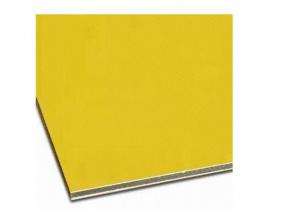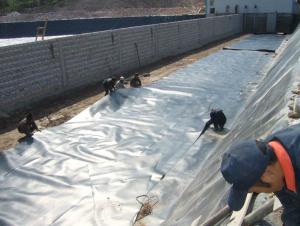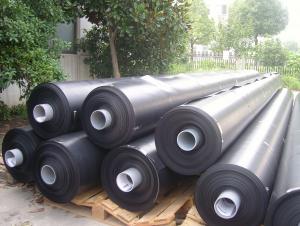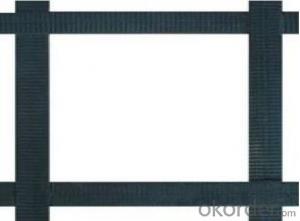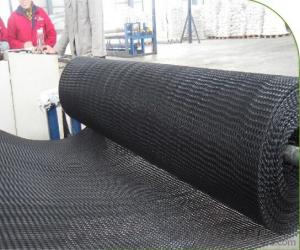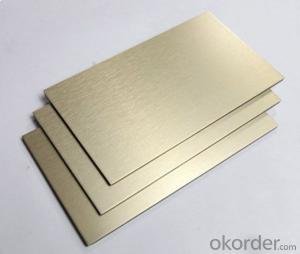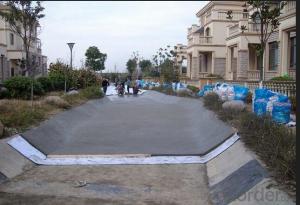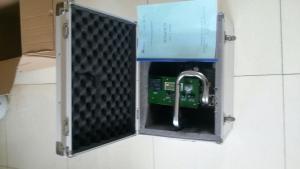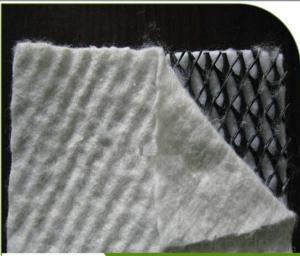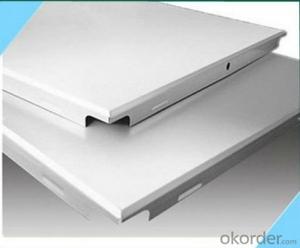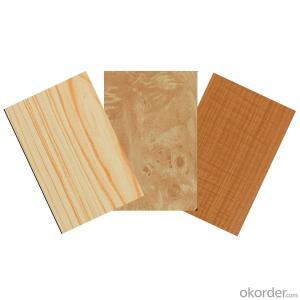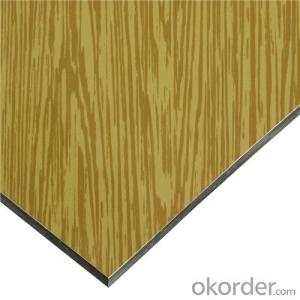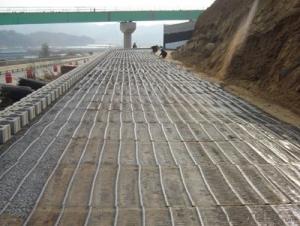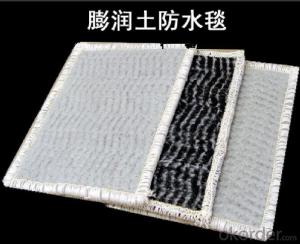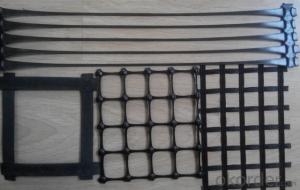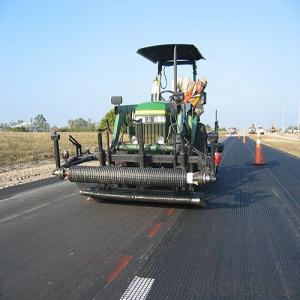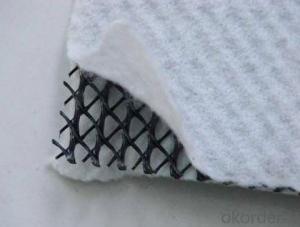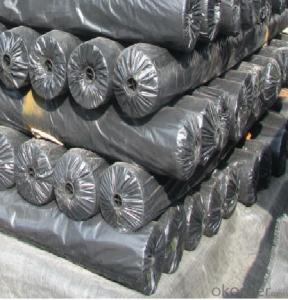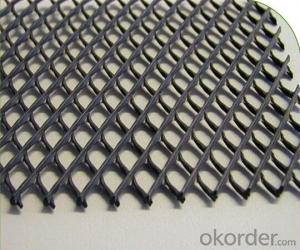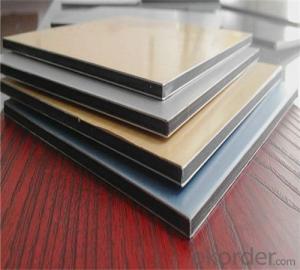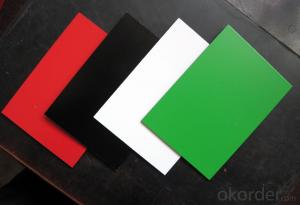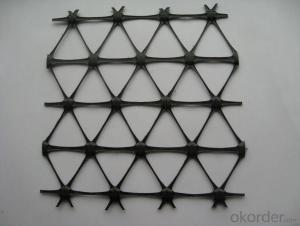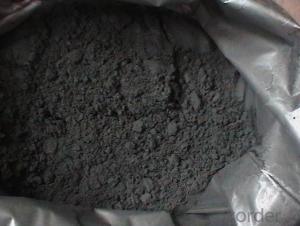Agru Geocomposite
Agru Geocomposite Related Searches
Agru Geomembrane Geocomposite Composite Geogrid Composite Geogrid Machine Gse Geocomposite Skaps Geocomposite Geocomposite Drain Geocomposite Membrane Geocomposite Drainage Material Composite Geomembrane Geocomposite Drainage Strip Geocomposite Liner Geocomposite Drain Strips Geocomposite Drainage System Geocomposite Drainage Net Extruded Geogrid Geocomposite Drainage Layer Biaxial Integral Geogrid Geocomposite Strip Drain Bidirectional Geogrid Vegetated Geogrid Multiaxial Geogrid Synthetic Geogrid Geogrid Reinforced Soil Geocomposite Subsoil Drain Geocomposite Drainage Mat Geogrid Reinforced Slope Structural Geogrid Composite Grp Geogrid With GeotextileAgru Geocomposite Supplier & Manufacturer from China
Agru Geocomposite is a range of products that includes geosynthetic materials designed for various applications in the civil engineering and construction industries. These products are engineered to provide solutions for drainage, filtration, and reinforcement purposes, making them indispensable in projects such as road construction, landfill liners, and water management systems. Agru Geocomposite products are known for their durability and efficiency, ensuring that they meet the specific requirements of each project they are used in.The application and usage scenarios of Agru Geocomposite are vast, as they cater to a wide array of civil engineering challenges. From providing effective drainage systems in landfills to reinforcing soil structures in construction projects, these geocomposites play a crucial role in ensuring the stability and longevity of infrastructure. They are also used in the creation of root barriers, erosion control systems, and as a protective layer in various geotechnical applications. Agru Geocomposite products are chosen for their ability to withstand harsh environmental conditions and their adaptability to different project needs.
Okorder.com is a wholesale supplier of Agru Geocomposite products, boasting a large inventory that caters to the diverse needs of the construction and civil engineering sectors. As a reliable source for these geosynthetic materials, Okorder.com ensures that customers have access to high-quality products that meet industry standards. Their extensive inventory allows for quick turnaround times and efficient delivery, making them a preferred choice for businesses and contractors seeking to incorporate Agru Geocomposite into their projects.
Hot Products
